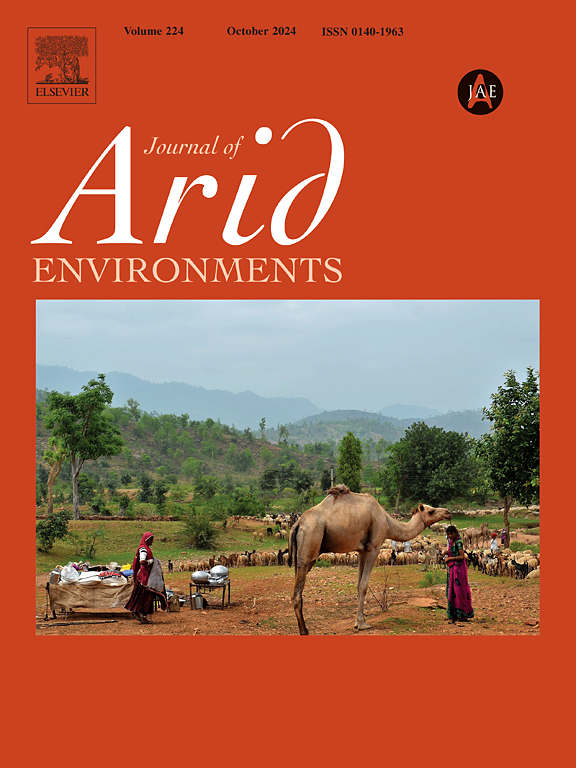‘Clayton Rings’: A link between eastern Sahara and the southern Levant in the Early Bronze Age?
IF 2.6
3区 环境科学与生态学
Q2 ECOLOGY
引用次数: 0
Abstract
Recent archaeological excavations in the Early Bronze Age site Sheikh Diab 2 in the Jordan Valley revealed a mysterious ceramic object in the shape of a perforated disc. The disc differs in dimension and surface treatment from smaller items with smaller perforations, known since the Pottery Neolithic, usually interpreted as spinning whorls or weights for looms or fishnets.
A survey of Early Bronze Age published data in Israel and adjacent regions shows three parallels from the site of Ashqelon Afridar on the southern Israeli coastal plain. These objects are probably an offshoot of an enigmatic ceramic type from the eastern Sahara Desert, termed ‘Clayton Rings’, first discovered more than 90 years ago. Clayton Rings are truncated ceramic rings open at both ends, often found together with perforated discs. While their function is unclear, the favored hypothesis is related to food procurement, specifically the collection of honey. The object, less plausibly, may also represent a very big loom whorl.
This paper addresses the current data on the manufacture, distribution, and possible function of Clayton Rings and their associated perforated discs, which are rare in the southern Levant, and assesses a possible long-distance connection between two distant regions.
求助全文
约1分钟内获得全文
求助全文
来源期刊

Journal of Arid Environments
环境科学-环境科学
CiteScore
5.70
自引率
3.70%
发文量
144
审稿时长
55 days
期刊介绍:
The Journal of Arid Environments is an international journal publishing original scientific and technical research articles on physical, biological and cultural aspects of arid, semi-arid, and desert environments. As a forum of multi-disciplinary and interdisciplinary dialogue it addresses research on all aspects of arid environments and their past, present and future use.
 求助内容:
求助内容: 应助结果提醒方式:
应助结果提醒方式:


